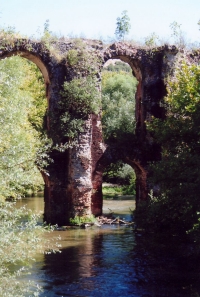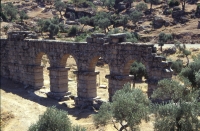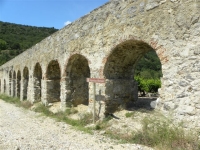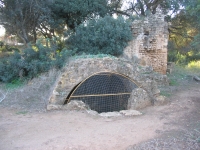
the Roman aqueduct of Nicopolis
(NW Greece). © Maike Merten
Ordered by subject |
Aqua Webportal: only the links Best aqueduct websites per country |
Ordered by language
|
 |
| One of the mant aqueduct bridges of the Roman aqueduct of Nicopolis (NW Greece). © Maike Merten |
 |
| Substructure / bridge of the aqueduct of Alina, present Karpuzlu (Turkey). © Cees Passchier |
 |
| The aqueduct bridge, possibly not Roman! - in Ansignan (S France) crossing the river Agly, (now) in use for irrigation purposes. © Krijn van den Boogaart |
 |
| Roman castellum [water distribution and settling basin] in Tipasa (Algeria). © Cees Passchier |
| HOME | Literature references | Last modified: July, 2012 by w.d.schram 'at' romanaqueducts.info |